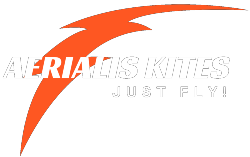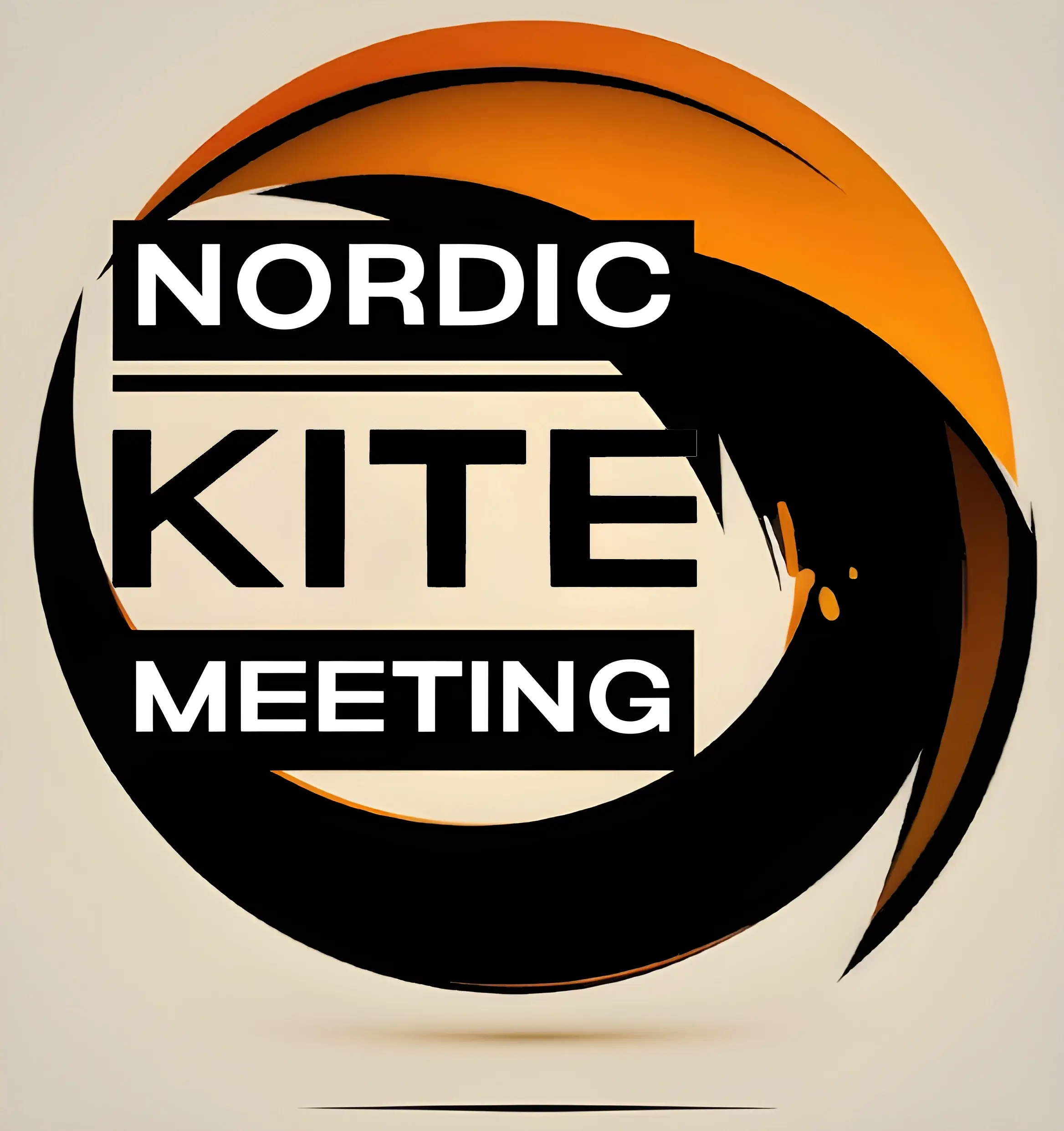This lift is what keeps the kite in the air and provides the power needed to maneuver it. However, in strong wind conditions, too much lift becomes a problem—it can cause the kite to:
- Pull too hard on the lines (fatiguing or even injuring the flyer),
- Become unstable or jittery,
- Lose responsiveness to subtle line inputs,
- Or in extreme cases, even damage the frame or sail.
Adding vents (intentional cutouts or mesh-covered openings) to the sail mitigates this by allowing a controlled portion of the wind to pass through the kite rather than building up pressure. This reduces the effective sail area and thereby:
Lowers the Overall Pull
- A vented quad kite catches less wind, producing less lift and forward pull.
- This is especially important in high or gusty winds where a full sail could become overpowered.
- Less pull means more comfort and control for the flyer, especially during long flying sessions.
Reduces Sail Pressure and Strain
- The sail experiences less ballooning and deformation by letting some air bleed through.
- This protects the structure and helps maintain optimal sail shape for control and longevity.
- A taut sail in control is better than a bulging sail fighting itself and the wind.
Kind of Enhances the Wind Range
- A vented quad kite can be flown safely in a broader range of wind speeds.
- Without vents, a quad-line kite might be flyable up to ~15–20 km/h. With vents, it might remain controllable up to 30 km/h or more, depending on the size and vent design.
Softens Gusts
- Sudden wind gusts often make a non-vented kite surge unpredictably.
- Vents act like a pressure release valve, making gusts feel more like gentle increases in power rather than jolts.
- This makes the quad kite feel “smoother” and more manageable, especially critical in advanced precision flying.
In short, vents provide a passive control mechanism that helps the kite stay flyable, responsive, and comfortable under conditions that might otherwise overpower it. For a quad-line Hadziki wing, known for its fine maneuverability and responsiveness, this depowering effect allows the flyer to retain delicate control across a broader spectrum of wind conditions.
Currently I’m working on a video where I will dive a little deeper into this topic. So stay tuned for that one. And until then…
JUST FLY!




